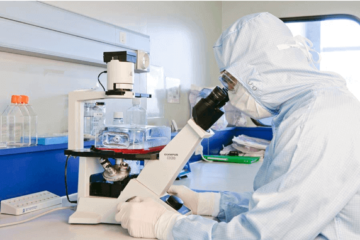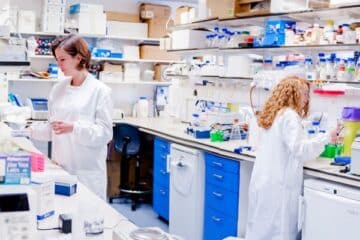Advancements in Autologous Stem Cell Use for Heart Failure
Autologous stem cell therapy has emerged as a promising treatment for heart failure, with advancements in cell isolation, delivery techniques, and patient selection strategies driving improved outcomes.













